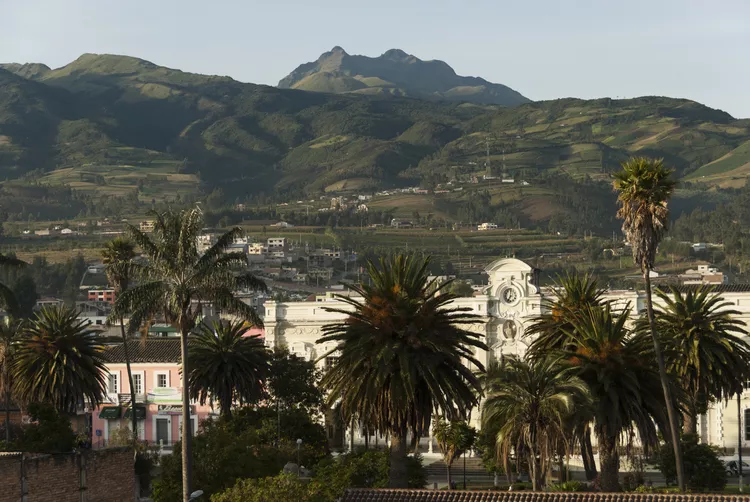Summary of Otavalo, Ecuador: A Cultural Exploration
If you’re going to Ecuador, either alone or with a tour, one of your destinations is sure to be Otavalo. Your visit should include their world-famous market or, if visiting in early September, the Fiesta del Yamor celebration.
Location
Located within easy driving distance, two hours north of Quito, Otavalo is a hub for day trips. It’s advisable to allow several days to explore not only the famous market in Otavalo but also the nearby villages, where ancient crafts and textiles are produced. These villages supply many of the textiles sold in their own markets as well as in Otavalo. The climate is usually spring-like, making it an all-season destination, with the warmest months being July to September.
Market Day in Otavalo
The busiest market day is Saturday; however, markets in Otavalo are open every day. If you wake up early, you can enjoy an all-day market experience that begins with the animal market. You can wander from market to market, savoring meals from vendors and exploring the food and produce market. Make sure to browse through arts, crafts, and textiles before making purchases at the artisan market. These Otavalo Market photos may take time to load, but they capture the vibrant market activity.
One advantage of staying overnight is the opportunity to arrive before tour groups, which often results in lower prices. Remember, bargaining is part of the experience in Otavalo and adds to the fun. If unsure about negotiating prices, consider practicing beforehand—make disbelieving faces in front of a mirror, walk away, and reject the initial prices to prepare yourself.
Seek out hidden gems down side streets away from Poncho Plaza, where the main artisan market is located. Look for Otavalo embroidered shirts, carved wooden parrots, or high-quality textiles and tapestries. Ecuadorian textiles are world-renowned for their craftsmanship and history.
History
The history of Otavalo’s textiles dates back to the Spanish colonial era when lands around Quito were granted to various individuals, including Rodrigo de Salazar, who established a weaving workshop utilizing skilled Otavaleño Indians. Over the years, with techniques and tools imported from Spain, these weavers supplied a majority of the textiles used throughout South America.
This economic success had its downsides, as the Otavaleños faced a labor system known as Obraje. However, today they have diversified their techniques, incorporating methods from Scotland. Notably, Hacienda Zuleta has created a worldwide market for Otavaleño cashmere. You can witness some of these weaving techniques through demonstrations at the Obraje Weaving Museum.
Fashion in Otavalo is distinctive; women typically wear embroidered blouses, beaded necklaces, and skirts, while men sport long hair in braids along with white trousers, ponchos, and sandals.
The nearby villages of Peguche, San Jose de la Bolsa, Selva Alegre, Cotama, Agato, and Iluman are also famous for their textiles. Visiting skilled artisans like Miguel Andrango Master of the Loom offers an insight into traditional weaving. Moreover, be sure to explore Cotacachi for leather goods and San Antonio for intricate woodcarvings, picture frames, and handcrafted furniture. It’s worth noting that Panama hats, often misattributed, are originally made in Ecuador.
Fiesta del Yamor
Timing your visit to coincide with the Fiesta del Yamor can be a profound experience. Celebrated annually to express gratitude during the second solstice, the festival is rooted in Inca rituals and occurs two weeks prior to the solstice, commemorating the harvest season.
As part of the offering to the sun god, the finest corn is selected, ground, and mixed with water until fermented, creating a potent liquor known as chicha. The traditional process for Chica de Jora remains prominent during the festivities, lubricating processions and celebrations. Its spring counterpart, Pawkar Raymi, is celebrated as a tribute to new crops and in reverence to Pacha Mama, Mother Earth.
Other Sights to See
Don’t miss the opportunity to explore nearby San Pablo, Mojanda, and Yahuarcocha lakes. The crater of the Cotacachi volcano has transformed into a picturesque lake known as Cuicocho, or the Lake of the Gods. Additionally, the Cotacachi/Cayapas Ecological Reserve is an essential site for preserving fragile Andean plant species.





